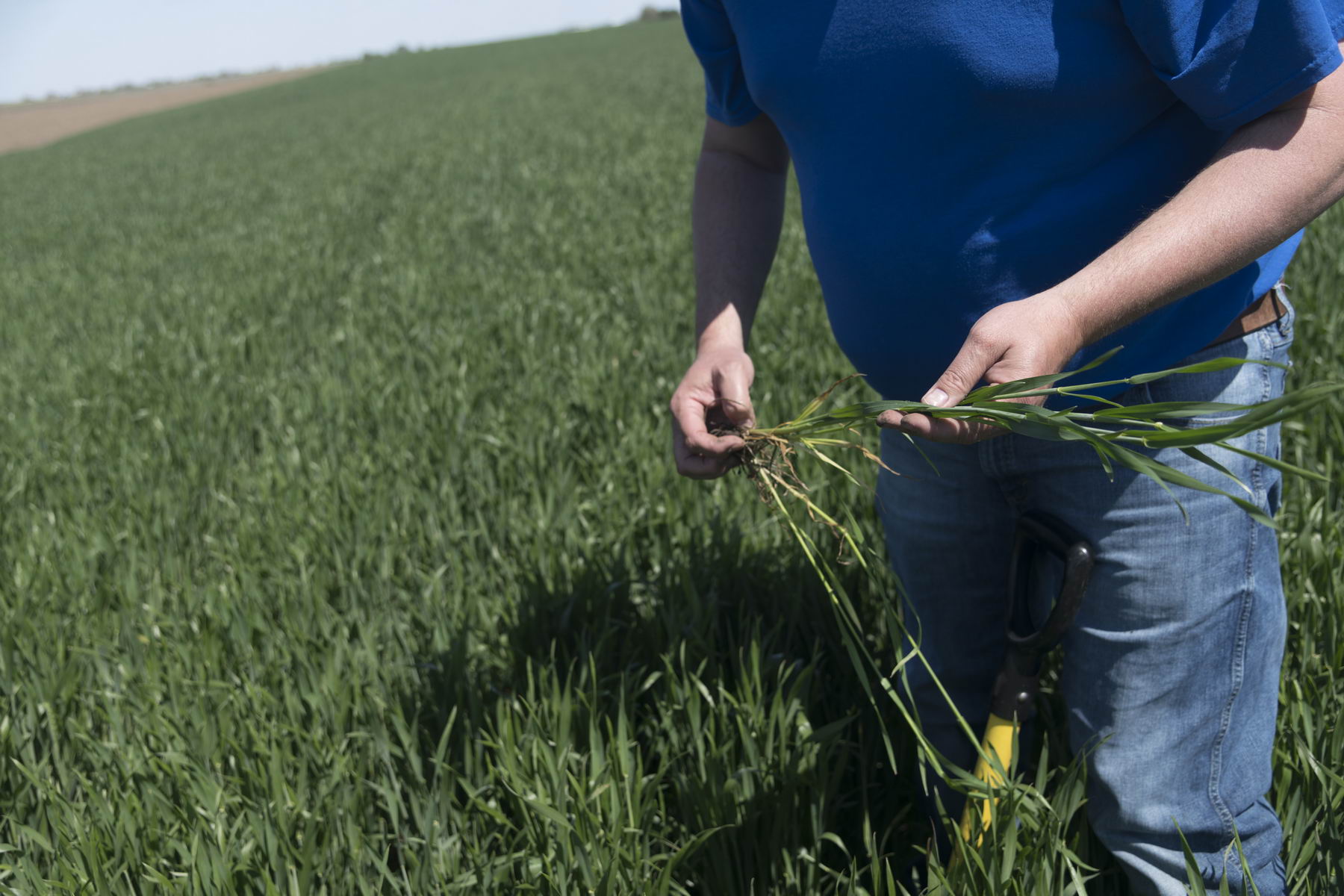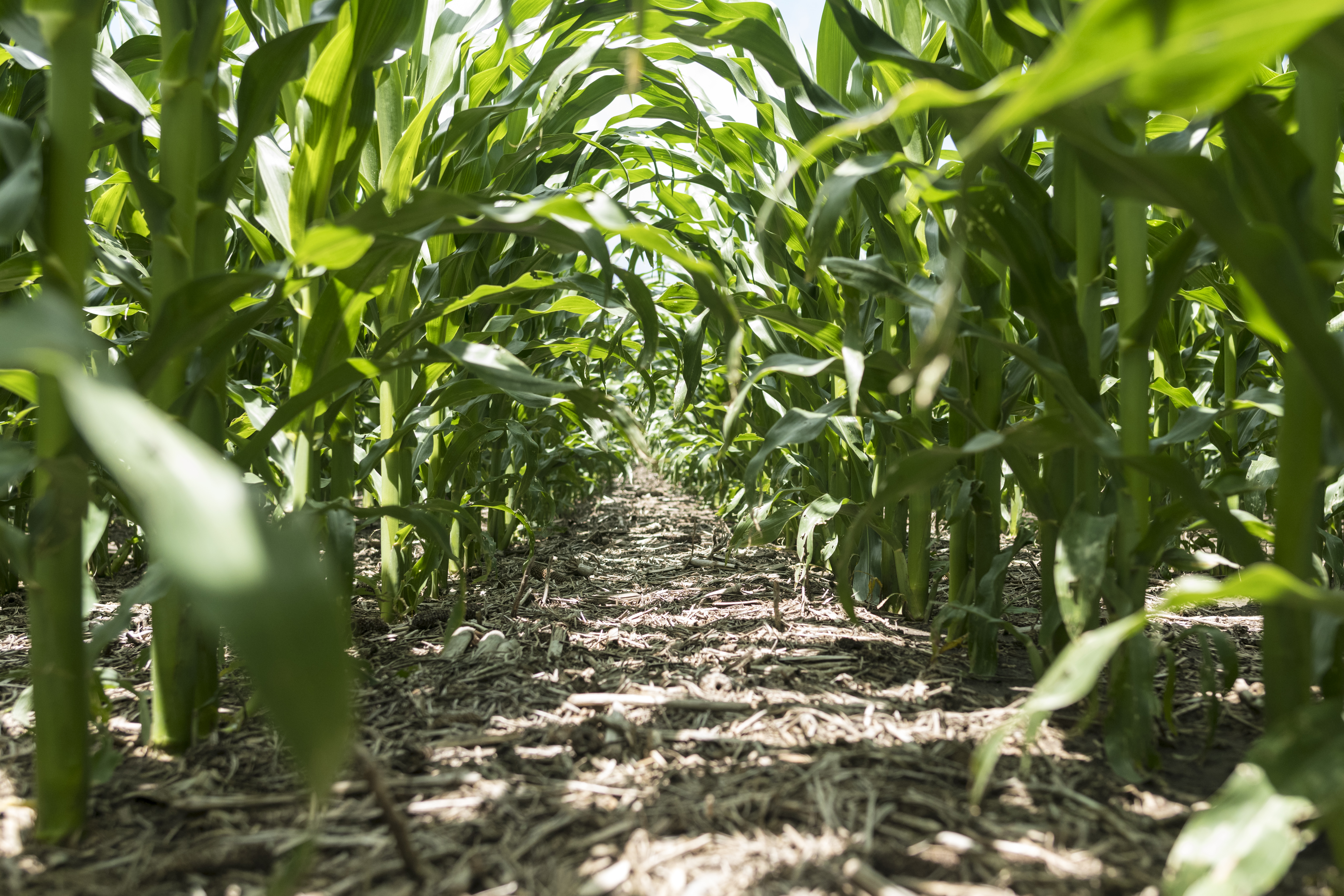Tan spot, stripe rust and powdery mildew are common fungal diseases of wheat. Stripe rust can cause significant yield losses when left untreated and conditions are right for disease to thrive. When inspecting the wheat, look at the top 2-3 leaves for developing disease lesions. Focus your attention on the upper plant leaves, since lower leaves will often have other spots and marks left behind from previous fertilizer and herbicide applications or frost injury. Treatment with a fungicide needs to be applied once flag leaf is fully emerged for optimum disease protection and plant health benefits during the grain fill period. Fungicides containing at least two modes of action have consistently provided better disease protection and yield benefits, thus achieving maximum net return per acre.
Wheat in the boot stage has accumulated almost 70% of its total nitrogen needs for the season, and 100% by flowering. This means wheat will take up almost 30% of its total N needs in just 7 days. Nitrogen applications made between joint and flowering stages can increase grain weight and protein content.
Not all short, pale looking wheat fields are the result of nutrient deficiency. Wheat plants are also susceptible to viral diseases like wheat streak mosaic or barley yellow dwarf, which are spread by insects. Viral diseases have no cure, but good management decisions on when to treat with a fungicide or additional fertilizer can limit the yield hit.
Aphids are a common pest in wheat, but treatments may not be necessary with good beneficial insect activity. Treat bird cherry oat aphids when there are approximately 30 aphids per stem before flowering, or just 5 aphids per stem at flowering. Corn leaf aphids have a much higher threshold before treatment is necessary. Corn leaf aphids are blueish green, while bird cherry oat aphids are olive green in color and have a reddish/orange tint to their bottoms.



